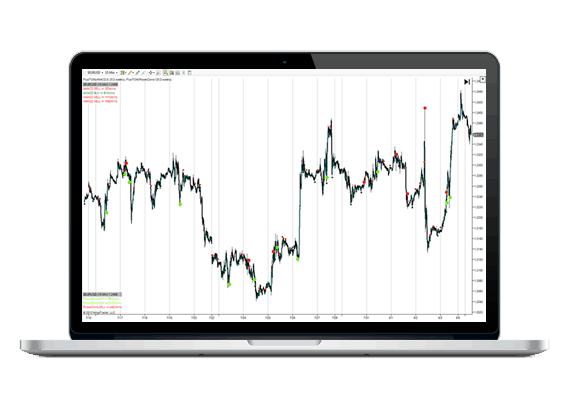Unveiling the Future: Leveraging Historical Patterns and Modern Computers for Predictive Insights
The study of history has always provided valuable insights into the present and future. In the realm of finance, historical patterns serve as a treasure trove of information for predicting future market trends. With the advent of modern computers and advanced data analysis techniques, harnessing the power of historical patterns has reached new heights. In this blog post, we will explore how historical patterns, in combination with modern computing capabilities, can be leveraged to make accurate predictions about the future of financial markets.
Big Data and Machine Learning
Modern computers equipped with powerful processors and vast storage capabilities enable the analysis of massive amounts of data. By applying machine learning algorithms to historical market data, computers can identify intricate patterns that may go unnoticed by human analysts. These algorithms can uncover complex relationships, correlations, and non-linear trends, empowering investors to make more precise predictions and informed investment decisions.
Algorithmic Trading
Algorithmic trading relies on sophisticated computer programs that automatically execute trades based on predefined rules and strategies. These algorithms can incorporate historical patterns, technical indicators, and market data to generate buy and sell signals with minimal human intervention. By leveraging the computational power of modern computers, algorithmic trading systems can identify and act upon market patterns in real-time, potentially capitalizing on fleeting opportunities.
High-Frequency Trading
High-frequency trading (HFT) utilizes ultra-fast computers and advanced algorithms to execute trades within fractions of a second. These systems can analyze historical patterns and real-time market data simultaneously, enabling traders to capitalize on short-term price discrepancies and exploit market inefficiencies. By leveraging the speed and computational capabilities of modern computers, HFT firms aim to gain a competitive edge in predicting and reacting to market movements.
Data Visualization and Pattern Recognition
Modern computers enable the visualization of complex data sets, allowing analysts to identify patterns visually. Data visualization tools can plot historical market data, overlay technical indicators, and display patterns such as support and resistance levels or trend lines. These visual representations enhance the human ability to recognize and interpret patterns, supporting decision-making processes and enabling investors to anticipate future market trends.
Conclusion
Combining historical patterns with modern computing capabilities revolutionizes the way we predict financial markets. The immense processing power, machine learning algorithms, algorithmic trading systems, and data visualization tools available today empower investors and analysts to uncover hidden patterns, make accurate predictions, and capitalize on market opportunities. However, it is important to remember that human judgment and expertise are still essential in interpreting the insights provided by computers. The symbiotic relationship between historical patterns and modern computers holds immense potential for navigating the dynamic landscape of finance and unlocking the future of market prediction.


